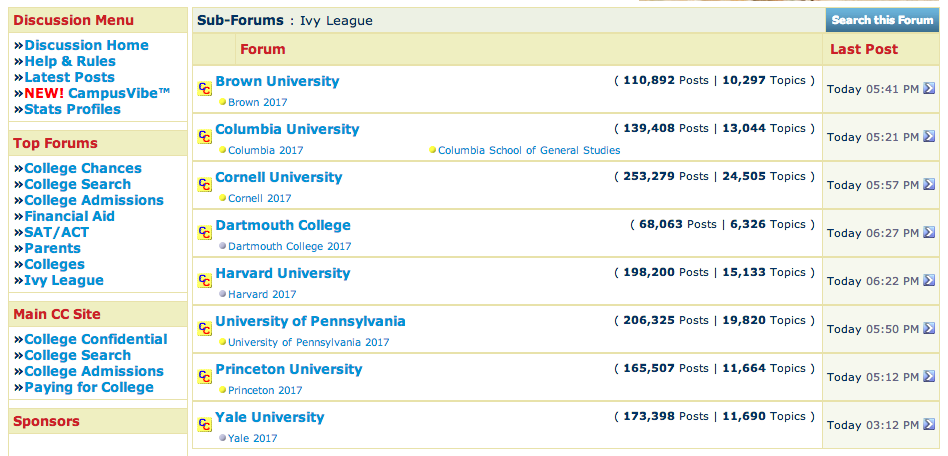 A lot has changed in how we access content on the internet over the past ten years. Rise of (widespread) blogging that popularized individual-as-publisher? Early 2000s. Switch to mobile interfaces? Arguably started with the 2007 launch of the first iPhone. Video? Now it’s mobile and everywhere, as YouTube has over a billion monthly viewers. And with Twitter’s seventh birthday just last week, we’re reminded of the meteoric rise in social behaviors over the last five years. (Fun stat: per Nielsen, U.S. adults spent 121 billion minutes in social in July 2012, compared with just 88 billion one year earlier.)
A lot has changed in how we access content on the internet over the past ten years. Rise of (widespread) blogging that popularized individual-as-publisher? Early 2000s. Switch to mobile interfaces? Arguably started with the 2007 launch of the first iPhone. Video? Now it’s mobile and everywhere, as YouTube has over a billion monthly viewers. And with Twitter’s seventh birthday just last week, we’re reminded of the meteoric rise in social behaviors over the last five years. (Fun stat: per Nielsen, U.S. adults spent 121 billion minutes in social in July 2012, compared with just 88 billion one year earlier.)
But as Jeff Atwood explains, forums today look pretty much like they did a decade ago. And that’s a problem, because there’s lots of good stuff stored there. Forums are an undersung hero of online content — not as sexy as Pinterest, not as real-time as Twitter, not as immersive as Facebook, but often areas for discussion of specialized topics that generate huge referrer traffic. The out-of-the-box software found today in B2B and B2C still has limited features and a poor interface, like the internet that Web 2.0 forgot.
So, what would an ideal forum experience look like in 2013? Atwood others are taking a stab with Discourse, an early-stage project with a long feature list (Conversations not pages! Notifications! Ability to paste images for those who converse in animated gifs!) that seems intuitive and useful, without being bloated.
Today many fanciful consumer-facing digital projects and apps get funded in crowded spaces, or are a solution in search of a still-unidentified problem. Forums are valuable content repositories that are both surprisingly ubiquitous and decidedly broken —so let’s take a stab at fixing them.